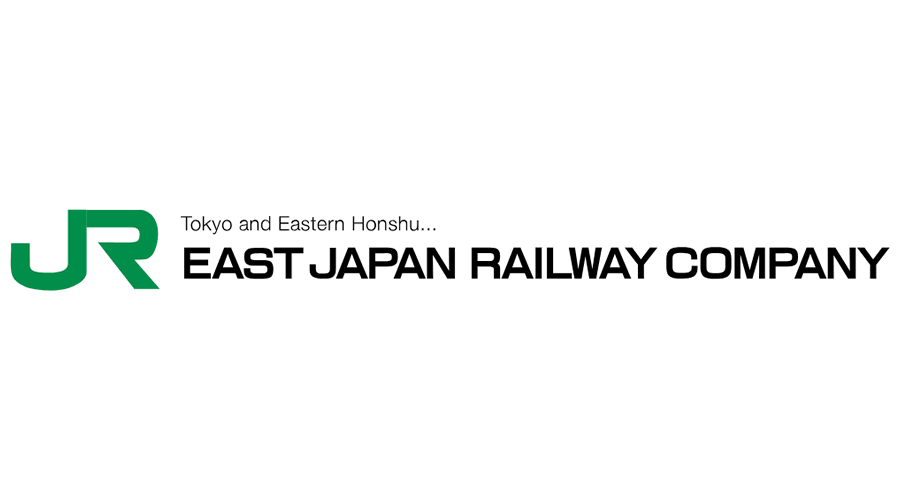
The development of a digital platform for safe and reliable rail operations
East Japan Railway Company
The project aims to help rail agencies make safer, faster decisions and manage operations in the event of major disruptions.
Rail operations are based on complex, multi-engineered systems involving tracks, rolling stock, and human resources. In the case of natural disasters, such as earthquakes and typhoons, it requires great effort to gather sufficient information from the relevant internal departments that manage facilities and personnel, as well as external data sources such as weather conditions and damage. Following that, it’s still needed to make the right decision in a short time, all while considering operational safety and reliability.
To solve this problem, we have developed a platform to collect this information in real time and integrate it on a multi-layered map.
Innovative features
A combination of information diversity, interpretability, and transparency are the characteristics of our platform. We designed the platform’s user interface to enhance the usability of the information. For example, alerts for high-risk facilities are displayed both on the map and in lists. Trains that stop in-between stations are displayed in lists that can be identified immediately. The number of passengers on each train is indicated by the height of the train’s polygon on the map.
All members of our company, including executives, can access the platform with a web browser, enabling clearer decision-making with shared information. In addition, the map can be traced back into the past and used to review the situation for training purposes.
Emergency response capabilities
The platform is widely used to manage train operations in the event of disruption and to ensure the safety of employees and passengers in the event of a disaster. Historical data is also used in company-wide training exercises to improve emergency response capabilities. During the height of the COVID-19 pandemic, the data was also used to optimise the transport capacity of train operations.
In addition, after the platform was rolled out to all employees, we received requests from several departments to add new asset data and external data that could be overlaid on train operations and disaster information in order to make operational decisions. As a result, the platform has led to the promotion of data-driven operational reform.
